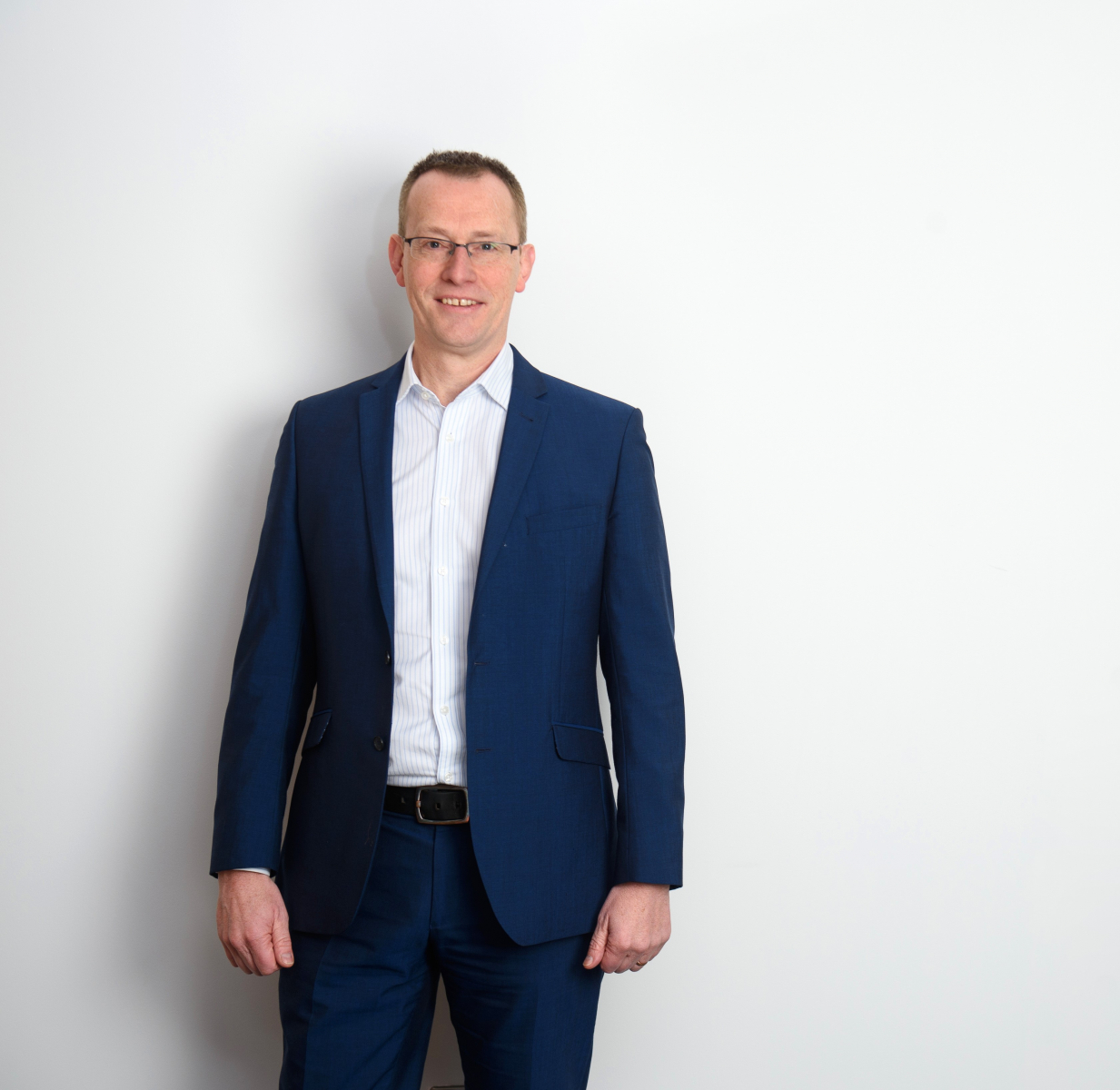Insights
Planning: cracking the Rubik’s Cube conundrum.
Why a holistic view matters.
Imagine that a team of six people have been appointed to solve a Rubik’s Cube, but each person is responsible for a single side. One person has to solve the red side, another person has to solve the blue etc. If somebody lines up all of the colours for their side, they’re going to be upset when someone jumbles them up in order to solve a different side.
It would be much better if a single person – who knows how to solve the whole puzzle – be given the Rubik’s Cube.
Currently, when it comes to assessing and mitigating the potential impacts associated with a development, most people opt for the six-person approach. However, I’ve seen how a holistic view of planning services can transform the process for the better.
Planning vs detailed design
Getting planning permission involves consultants doing numerous surveys and assessments, with the aim of proving that the benefits of the development outweigh any negatives. If they don’t then suggestions are made to mitigate the effects.
Consultants in these planning teams have historically worked in silos – focusing on a single discipline (e.g. noise/acoustics). They’ll suggest ways of ensuring their side of things is up to standard, but their suggestions may alter the development in such a way that adversely affects someone else’s discipline.
This is where we can make a difference. As a firm that does detailed design for a broad range of specialist services, we know how best to coordinate disciplines so that the best compromise is achieved across all factors.
We know that if a building is rotated to mitigate an issue with acoustics, it will have an effect on daylighting, and the new position of the windows will affect the air quality.
Thriving environments
It’s vital for a development to evolve in a way that benefits as many people as possible, particularly the those who will bring life to it: the occupiers and residents. When it comes to the human wellbeing aspects of a development, by balancing the impact of multiple – otherwise isolated – technical disciplines, we can create holistic solutions that benefit the project overall.
The success of spaces and places is defined by the wellbeing of people who use them. It’s therefore crucial that public-realm environments are designed to let people thrive, by teams who wholly understand the environmental factors at play. Noise, air quality, environmental light, security, wind, and sustainability – all contribute to positive human health and happiness… and, when considered together rather than in silos, can bring exceptional benefits – for people and profit.
By getting the right buildings in the right places at the start of the project, life becomes much easier when it comes down to the detailed design.
